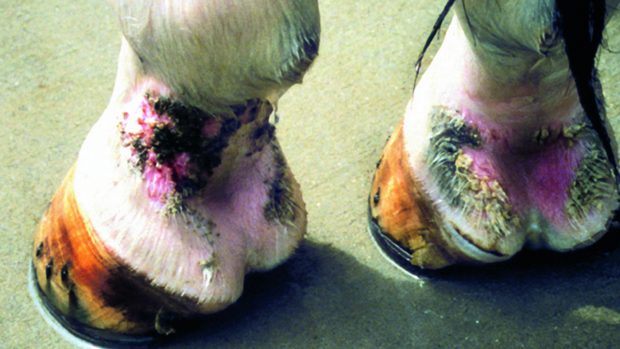It’s not just humans who can develop sinus disease. Recognising that a runny nose is more than a case of spring sniffles can make a big difference to your horse’s health and behaviour.
The signs of sinusitis
- A one-sided runny nose : a horse with a persistently runny nose and thick discharge from just one nostril is most probably suffering from sinusitis. This is the most common sign of sinusitis.
- A thick, foul-smelling discharge is more likely to be secondary to an infected tooth root.
- Yellow discharge from the nose with no nasty smell may indicate primary sinusitis or a sinus cyst.
- Blood-tinged discharge suggests trauma, an ethmoid haematoma or a tumour.
- Facial swelling on one side: this typically occurs on the same side as the sinusitis. It can also be present with other problems, however, such as dental disease and sinus cysts.
- Swollen lymph glands: enlarged lymph glands under the jaw often appear on the same side as the sinusitis.
- A runny eye: swelling from the sinuses can block the flow of tears within the tear duct, preventing the eye from draining on the affected side of the head.
- Abnormal respiratory noise: a nasty, snoring noise can sometimes be heard if the sinus shape is distorted enough to obstruct airflow through the nasal passages. This is most likely to occur with sinus cysts or tumours.
To read the full veterinary article about sinusitis see the current issue of H&H (21 March 2013)




